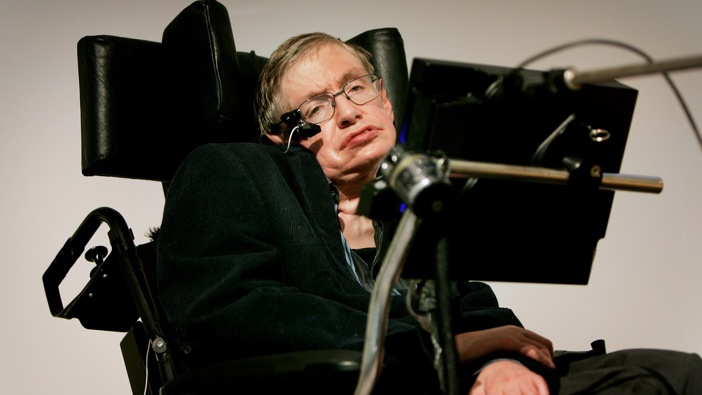Follow
the podcast on


Motor neurone disease is a devasting condition that’s recently come to prominence in the media with the diagnosis of former English rugby captain Lewis Moody. Another famous person who suffered from the condition was Stephen Hawkins.
What is motor neurone disease?
- It’s a progressive nerve disease.
- It damages and kills nerve cells in the spinal cord and brain that control muscle movement in the body.
- The damaged nerve cells mean the brain can no longer signal muscles in the body.
- Muscles slowly lose the ability to function.
Why does it occur?
- The exact cause is not fully understood.
- It’s thought that up to 10% of cases are inherited and related to a patient’s genes, while 90% are random with no clear genetic cause.
- Several things may be important:
- Abnormal accumulation protein in the nerve cells, destroying them.
- A possible inflammatory or immune system malfunction.
- Possible environmental factors like exposure to heavy metals or pesticides, however there’s no clear evidence.
What are the symptoms?
- It's difficult to diagnose initially with subtle changes: clumsiness in hands, slurred speech, tiredness.
- As time goes on, the main issue is weakness in the arms, legs, and hands – the person gradually losing the ability to use them.
- Speech and swallowing become difficult.
- Breathing problems as the muscles around lungs weaken.
- There can be mood swings.
Can it be treated?
- Unfortunately, it is incurable.
- On average, patients live 2 to 5 years.
- Stephen Hawkins was an example of someone who actually lived with it for much longer – he was diagnosed at age 22 and lived to 76, which is very unusual.
- There are some experimental drugs that may slow progression that are being looked at.
- However, most treatment is supportive – trying to improve the person’s quality of life.
LISTEN ABOVE
Take your Radio, Podcasts and Music with you









